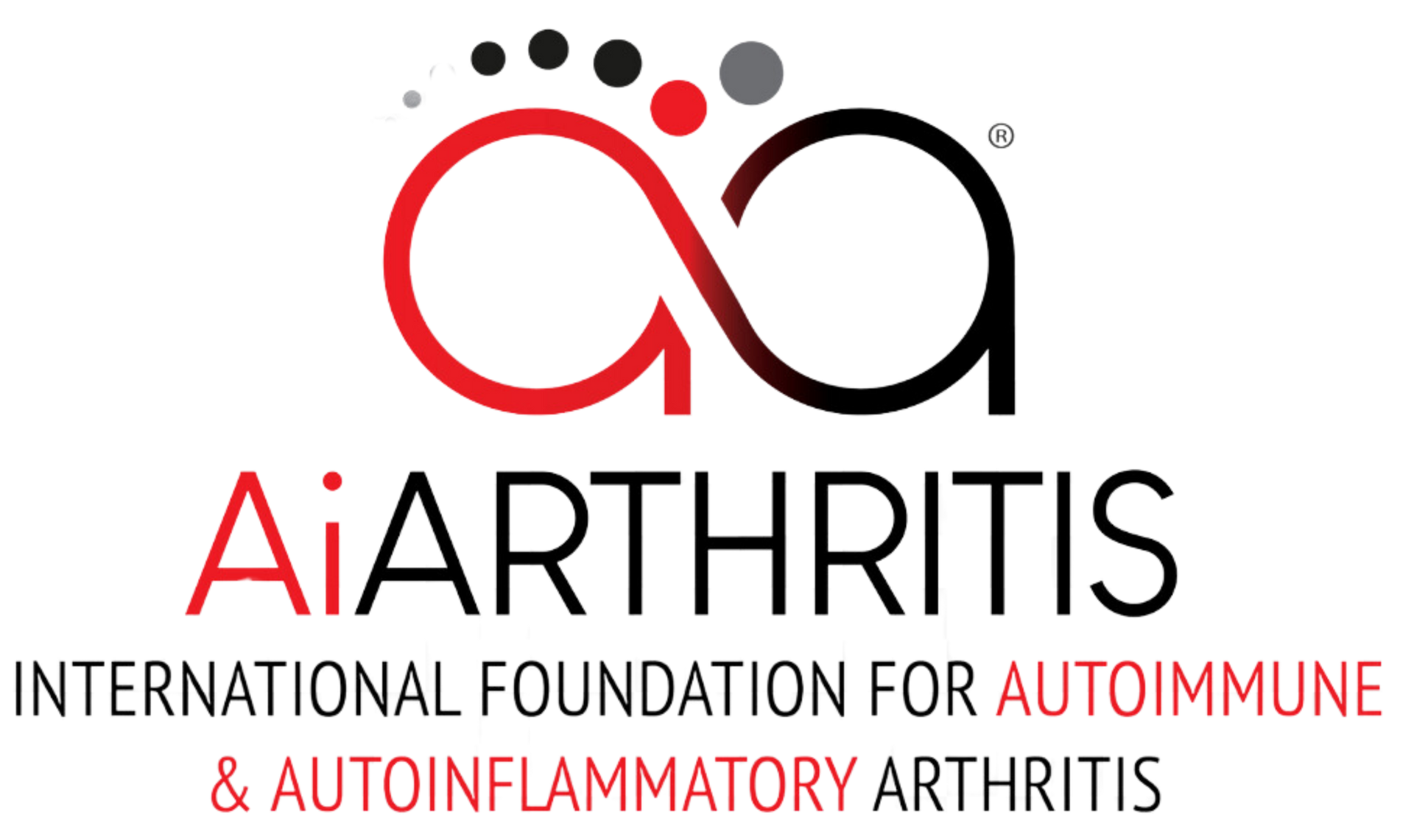#ACR24 Abstracts: Sleep & Exercise
These ACR Conference 2024 abstracts underscore the pivotal roles of sleep and exercise in managing rheumatic diseases. By prioritizing these lifestyle factors and providing patients with the necessary support and resources, healthcare providers can enhance patient outcomes and improve quality of life for individuals with rheumatic diseases.
Sleep and AiArthritis Diseases
The study investigates the challenges and opportunities in integrating sleep recommendations into the counseling of patients with arthritis. It surveyed physical therapists and physical therapy students to identify barriers and facilitators to incorporating sleep advice into practice. Key facilitators included the belief in the importance of sleep for health outcomes and the scope of practice for physical therapists. However, barriers such as lack of education on sleep counseling and time constraints were also noted.
This study compared sleep quality and poor sleep risk factors among patients with rheumatoid arthritis (RA), axial spondyloarthritis (axSpA), and psoriatic arthritis (PsA). The research included 319 adult patients with these conditions. Poor sleep was reported by 53.8% of PsA patients, 56% of RA patients, and 66% of axSpA patients. Higher BMI and elevated CRP levels were associated with poor sleep in RA patients. Nighttime back pain was a significant factor for axSpA and PsA patients. Female gender and older age were additional risk factors for axSpA and PsA, respectively. The study underscores the varying risk factors for poor sleep across these conditions.
Exercise and AiArthritis Diseases
The study examines the association between the SARC-F screening tool (which assesses sarcopenia risk) and disease activity, muscle strength, muscle power, patient-reported outcomes, and body composition in patients with spondyloarthritis. The findings suggest that a higher SARC-F score is linked to greater disease activity, lower muscle strength and power, and worse patient-reported outcomes. This highlights the importance of early screening and intervention for sarcopenia in patients with spondyloarthritis to improve their overall health and functional status
Effect of Physical Activity on Mortality in Rheumatoid Arthritis: A Dose-Response Analysis
The study investigates the effect of physical activity on mortality in patients with rheumatoid arthritis (RA) using a dose-response analysis. The research evaluated self-reported physical activity data from 520 participants over a median follow-up of 11.1 years. Participants were categorized into highly active (\>25 MET-h/week), low-active (0.1 to ≤25 MET-h/week), or inactive (0 MET-h/week) groups. The findings indicate that highly active RA patients had a significantly lower risk of all-cause mortality compared to inactive patients. The study suggests that physical activity of \>25 MET-h/week should be integrated into RA management strategies to reduce mortality risk.
Key Takeaways for Patients
- Sleep is a critical factor in arthritis care, and healthcare providers should address sleep as part of comprehensive management.
- Different rheumatic conditions have distinct risk factors for poor sleep, necessitating condition-specific sleep assessments and interventions.
- Early screening and intervention for sarcopenia, including targeted exercise, is crucial in spondyloarthritis to preserve muscle mass and function.
- Regular physical activity (>25 MET-h/week) significantly reduces mortality risk in rheumatoid arthritis, making it an essential component of disease management.





